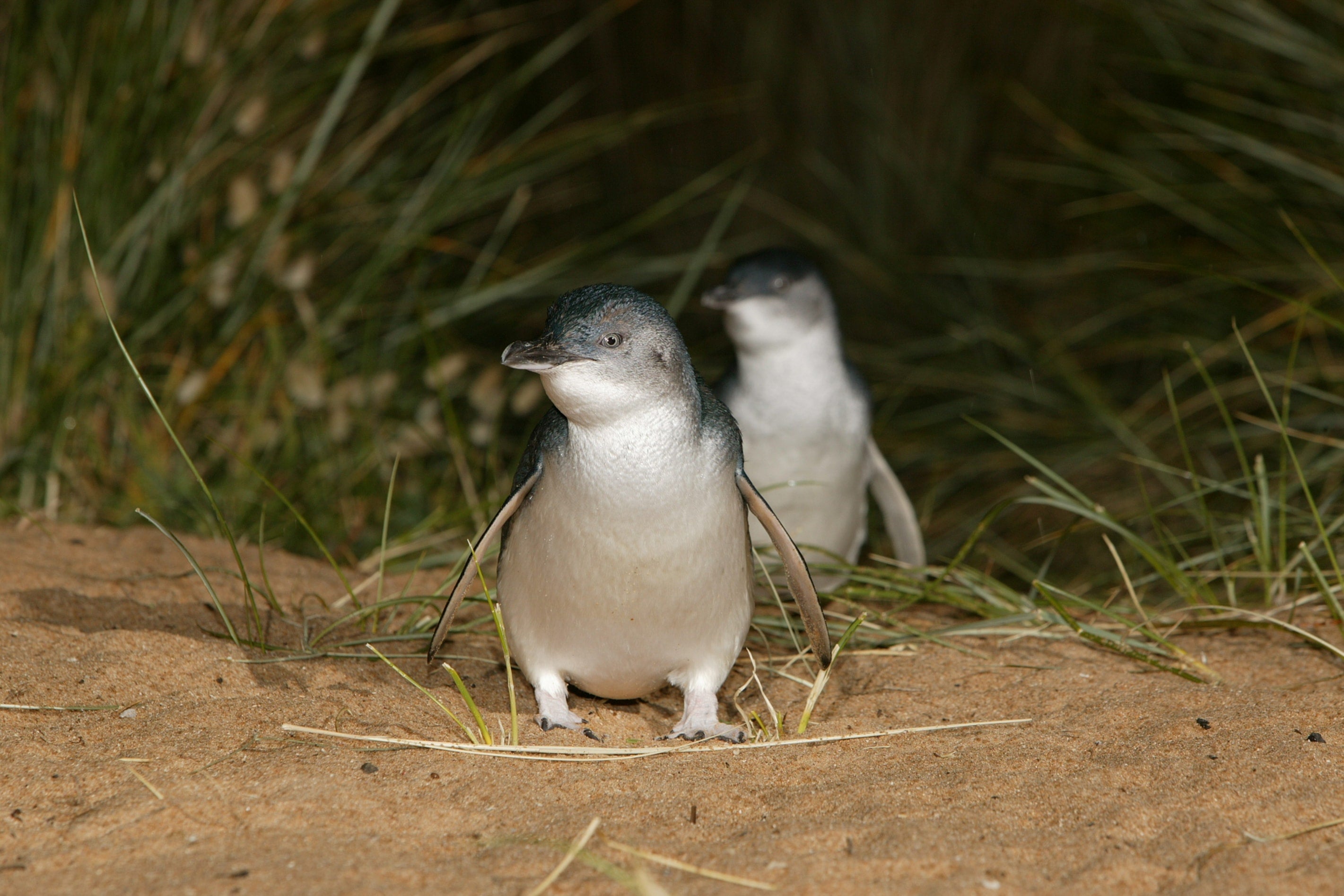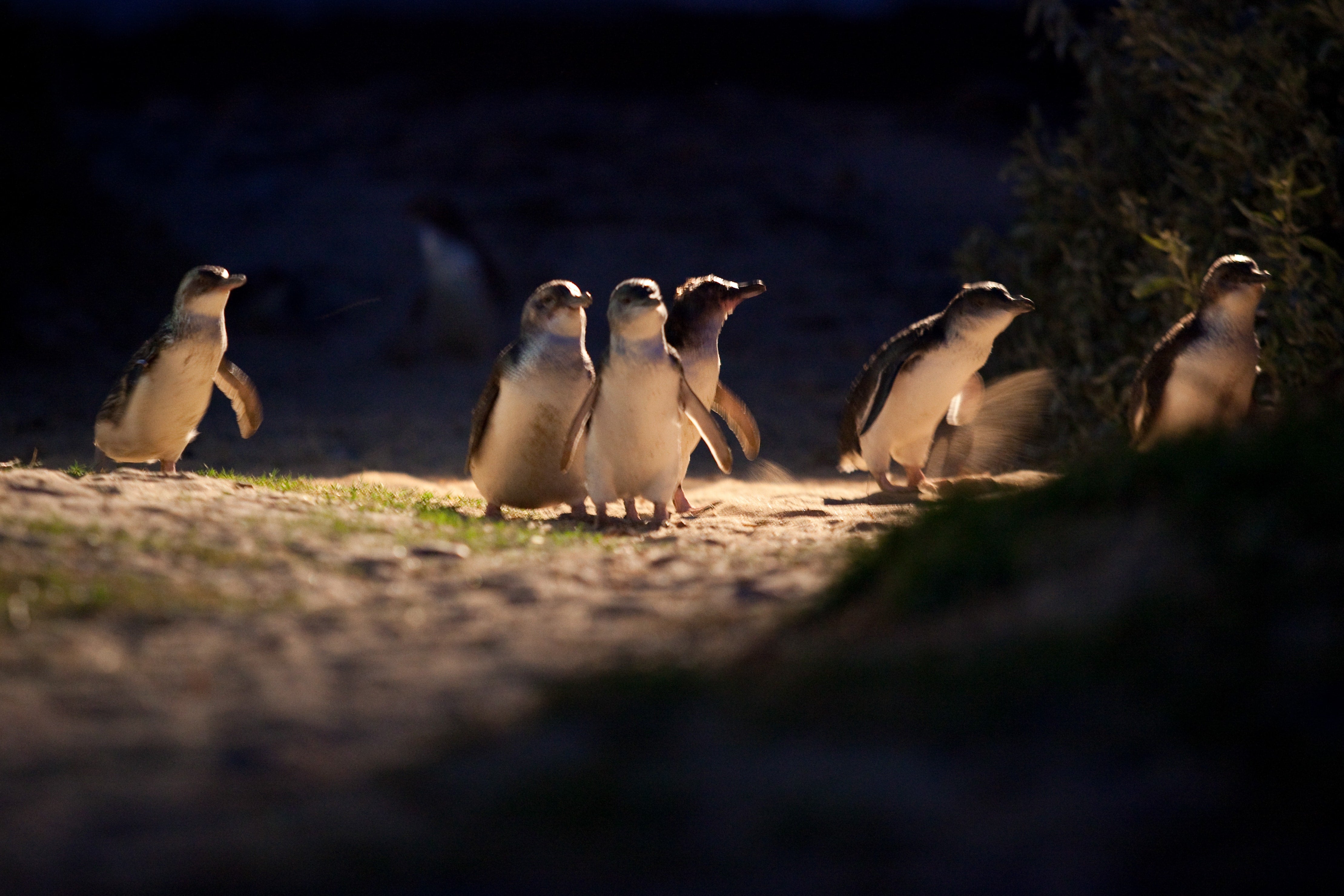No pictures, please! The charming army of penguins not for Instagram
On the shores of a blustery island near Melbourne, Peter Watson is captivated by the world’s smallest species of penguin – but doesn’t have any snaps to prove it

Your support helps us to tell the story
From reproductive rights to climate change to Big Tech, The Independent is on the ground when the story is developing. Whether it's investigating the financials of Elon Musk's pro-Trump PAC or producing our latest documentary, 'The A Word', which shines a light on the American women fighting for reproductive rights, we know how important it is to parse out the facts from the messaging.
At such a critical moment in US history, we need reporters on the ground. Your donation allows us to keep sending journalists to speak to both sides of the story.
The Independent is trusted by Americans across the entire political spectrum. And unlike many other quality news outlets, we choose not to lock Americans out of our reporting and analysis with paywalls. We believe quality journalism should be available to everyone, paid for by those who can afford it.
Your support makes all the difference.I’m sitting on a tiered wooden platform with a clutch of onlookers above a nondescript stretch of sand. The sun has just set, bringing a chill to the air, while the beach below is softly illuminated by diffused floodlights. There is a palpable tension in the air; a nervous chitter ripples through the congregation. Once again, I turn and look in the direction of the sea, hidden beyond the dunes. Still nothing.
Windswept Phillip Island, located around 80 miles southeast of Melbourne, Victoria, is known for its motor racing, surfing, Hemsworths and wildlife. Fur seals, koalas, kangaroos and wallabies all call the island home – as do the members of the world’s largest colony of little penguins.
With an average height of just 33cm, little penguins (Eudyptula minor), as the name suggests, are the world’s smallest penguin species and are only found along the coastlines of Australia and New Zealand. On Phillip Island, following the summer breeding season, their numbers can swell to as many as 32,000. Every night of the year, after a hard day’s fishing, the penguins come ashore, shimmying up the beach to their burrows in the sand dunes.

Tourists have been coming to watch the parade since the 1920s. Concerns were raised in the 1950s about the impact tourism and development were having on the colony. If left unchecked, ecological disaster would almost certainly have ensued. A reserve was established soon after, and, in 1996, the Phillip Island Nature Park (PINP) was created – a non-profit organisation that self-funds its research, environmental, education and conservation activities across Phillip Island.
This eventually led to the installation of the multimillion-dollar viewing platforms, boardwalks and interactive displays at the outstanding Penguin Parade Visitor Centre, where all the money from ticket sales is ploughed back into research and protecting the penguins. The colony is now preserved and thriving.
During the pandemic, the Penguin Parade, like most attractions, shut its doors to visitors. In February last year, the PINP began live-streaming the parade in an attempt to “bring some smiles” to those under lockdown, after a clip of BBC Sports commentator Andrew Cotter commentating on the parade went viral in 2020. Now, after almost two years of near-total closure to visitors, Australia, along with the penguins of Phillip Island, is finally open to outsiders again.
It’s subtle at first: a pair of minute shadowy figures silhouetted against the twilight sky
Back on my viewing platform, the chattering suddenly halts. Everyone turns towards the surf. Hushed whispers begin to spread, followed by muted gasps. It’s subtle at first: a pair of minute shadowy figures silhouetted against the twilight sky. They are joined by another, and then another. Onlookers crane their necks to catch a glimpse, but there is no need to worry about getting a good view.
All of a sudden, as if one of the penguins has given the “all clear” to its friends, the trickle of seabirds becomes a parade. They shuffle up the beach, and pause at the clearing just in front of me. My nondescript stretch of sand is now a muster point for gossiping penguins, squawking, braying and even trumpeting to each other. It’s been a long day and there is much to discuss.
They are, of course, adorable, as they move around clumsily, and bumble, fall and play. John Ruskin once wrote in a letter, “One can’t be angry when one looks at a penguin.” Having watched 613 (numbers are posted online the following day) wobble their way up the beach, I can confirm that they are indeed one of the world’s most joyous creatures. They seem to exude an unmistakable joie de vivre. Some waddle up to the viewing platform to inspect their audience, before coolly turning away. Others ignore the crowds and head straight below to their warm and cosy burrows and waiting chicks and mates.

For over an hour, we watch them trundle up the beach. Not through a phone screen or a camera’s viewfinder, but with our eyes – wholeheartedly, fully immersed, fully engaged, fully charmed. The little penguins of Phillip Island cannot be filmed or photographed for the ubiquitous Instagram post. Penguins have sensitive eyes (the floodlights are fitted with light-diffusing filters), so a bright light, sudden flash, or the alien glow of hundreds of screens can frighten and disorientate the birds. Therefore, to ensure the penguins keep returning to this special place, the use of phones and cameras is strictly forbidden during the parade.
The embargo on photography only makes the encounter even more intimate
The embargo on photography only makes the encounter even more intimate, reminding me that some things don’t need to be caught on camera. It’s a privilege just to watch these little charmers go about their business. Ruskin was right: one cannot be angry in their company.
As they finally disperse and the night air bites, the audience begins to filter out, light-footed, bright-eyed and content. Like laughter, fine food and fresh air, penguins are good for the soul.
Travel essentials
The penguins arrive at sunset every evening, depending on the time of year. A penguin arrival-time calendar is published as a guide, but times can vary depending on the penguins’ life cycle and the weather. The visitor centre recommends arriving at least an hour before the time at which the penguins are expected. There are several ticket options available, including guided ranger tours and inside viewing. Little penguins can be found at several other spots around Phillip Island, never in such large numbers, but with fewer spectators.
Join our commenting forum
Join thought-provoking conversations, follow other Independent readers and see their replies
Comments